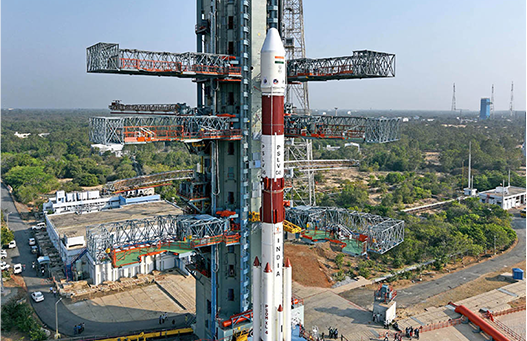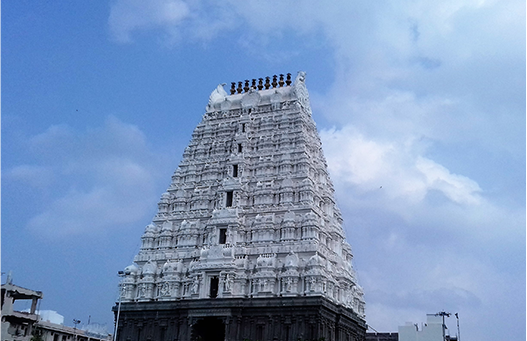
Sri City – Integrated Business City
With the Ramgiri hills on one side and Pullicat lake on the other, Sri City is nestled in nature’s lap. The name Sri City comes from the originally described Satyavedu Reserve Infracity and is inspired by the title Sri derived from ancient Sanskrit. Sri is the sacred sound of cosmic auspiciousness and is used in abundance in the Hindu religion. It has been in use since the Vedic times.
Sri is the beginning of the name of renowned temple towns in the region which are, Srirangam, Srikalahasti, Sriperumbudur, and Sriharikota. The world-famous temple city of Tirupati, the abode of Lord Sri Venkateshwara is also located not far from Sri City.
The Industrial Park is a part of the Satyavedu and Varadaiahpalem mandals of Chittoor District. The district has a literacy rate of 78.98 %, which is well over the national rate which stands at 74.04%
Sri City offers over 200,000 educated and skilled manpower to the numerous manufacturing units situated in the park. The history of the district, which was carved out in 1905 from then Cuddapah, Nellore and North Arcot districts, has been shaped by the ups and downs of several Dravidian kingdoms. It was a British military post until 1884. A thousand years ago, the region was dominated by the Vijayanagara Empire and is linked with the Aravidu dynasty.
Andhra Pradesh, also known as the Rice Bowl of India is like a melting pot of varied cultures.
It is a region that has been governed by different dynasties and empires. This diverse exposure to the cultures and traditions of empires has had an indelible influence on forming the culture of Andhra Pradesh.

Andhra Pradesh is a naturally, ecologically, culturally and religiously rich state. It has emerged as the number one state in India by offering an investor-friendly environment and government machinery. Andhra Pradesh is a model for progressive economic growth and significantly contributes to India’s vibrant economy.
Mangrove swamps and palm trees fringe the coastal plain of Andhra Pradesh, while thorny vegetation covers the scattered hills of the plateau. About one-fifth of the state’s total area is forest-covered, with dense woodlands primarily in the Eastern Ghats. The forests consist of both moist deciduous and dry savanna vegetation; teak, rosewood, wild fruit trees, and bamboo are plentiful. Elsewhere in the state, neem, banyan, mango, and pipal are among the common trees. Andhra Pradesh also has an array of flowering vegetation, including jasmine, rose, and a number of endemic species—particularly in the hilly region of the Eastern Ghats. Animal life abounds in the forests, lakes and shores of the state with numerous ungulates, jackals, flocks of birds which include Flamingos and Pelicans besides scores of species of migratory birds in the winters.

















